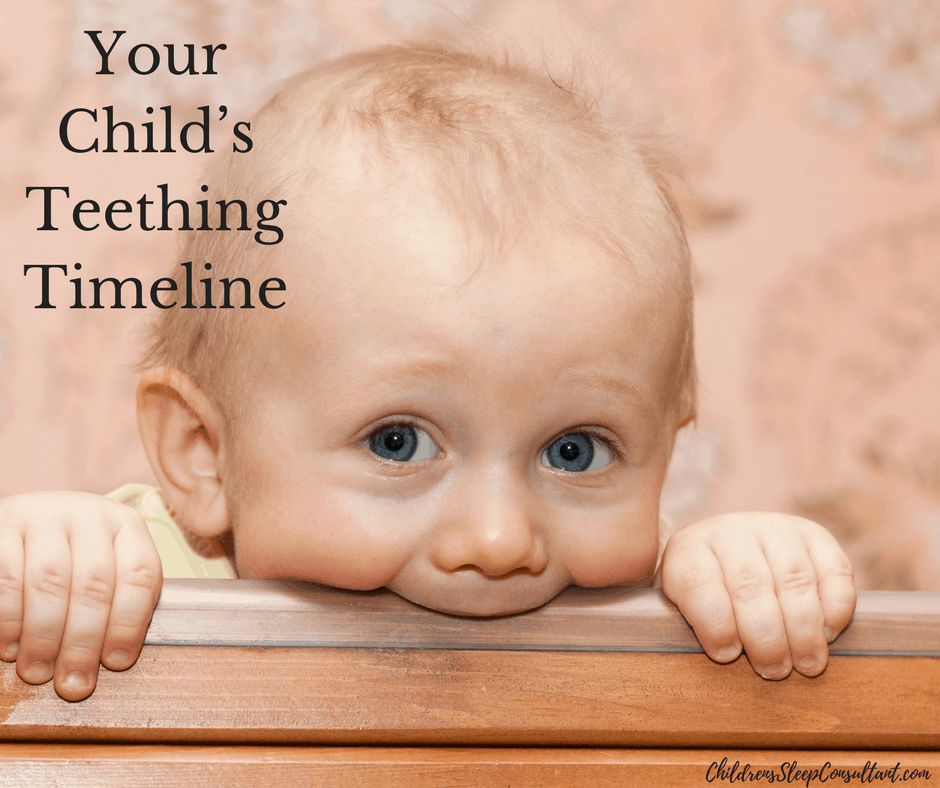Your Child’s Teething Timeline
One thing guaranteed to mess up your child’s sleep routine is teething! It can’t be avoided, and it’s an inevitable part of your child’s development, but that doesn’t mean it needs to destroy all that you’ve worked for. So now that you know a little sleep disruption is to be expected, here are a few things you need to know about when and why! Read on to find out more about your child’s teething timeline.
Your baby’s teeth have been ready and waiting since before birth. The little buds are have been developing under the gums for some time now! Before you read on, please remember that the teething timeline is just a guide. Every baby is different and every baby develops at different rates. Some babies are born with teeth already erupted, and some wait a good few months longer than many other babies before their first tooth appears. If you have any concerns, consult with your dentist for reassurance.
- 5 months: usually this is when the teething process begins. You may notice that your baby’s gums appear to be red and/ or swollen. This is a good indication that the teeth are almost ready to erupt through the gums. From this point, it could be days or it could be weeks before the teeth actually appear. You may notice your baby is dribbling a lot, and their could be a degree of pain and/ or discomfort too. You can soothe the gums with teether toys- pop them into the freezer for extra relief.
- 6 months: by this point, the first tooth will usually start to appear. They will most likely be at the bottom, in the middle. These are the incisors, and they’ll most likely to be the first teeth to drop out when your child is older.
- 7 months: the upper middle teeth start to appear. Sleep may be disturbed as the teeth erupt through the gums, and it’s not uncommon for a tooth to take a few days to fully erupt. It’s also not uncommon for a tooth to seemingly disappear again after it’s start to erupt.
- 9 to 16 months: the upper teeth next to the middle teeth start to appear. These are the upper lateral incisors, and they’re followed by the lower lateral incisors which appear at the bottom next to the middle teeth.
- 14 months: your child’s first molars start to erupt at the top and the bottom. This can be quite painful for your child, and can feel unexpected as you may feel as though the teething was behind you!
- 18 months: the canine teeth start to appear at the top and bottom- these are the sharp, pointed teeth.
- 26 months: the second molars at the very back start to erupt through the bottom gum.
- 2 to 3 years: your child now has a full set of teeth. Hooray!
- 4 years: your child’s facial bones and jaw starts to grow to create space between the first teeth ready for the adult teeth to come in. At around the age of six or seven, your child’s first teeth will start to fall out and are replaced by the permanent teeth.
As horrendous as the teething process can be for some children, you have to admit it’s all pretty clever. That said, you can expect some sleep disruption so please do have a read of this post so you know how to get back on track again.




